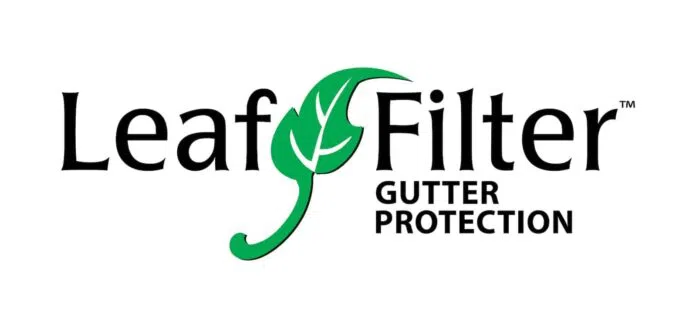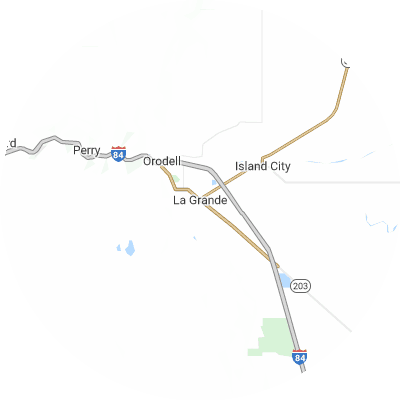Signs You May Need Gutter Guards
While gutter guards aren't always needed, indicators of congested gutters are typically clear. Signs of ongoing gutter issues include:
- Mold growth, interior wall stains, or peeling exterior paint on walls near gutters.
- Visibly damaged, sagging, or misaligned gutters that no longer correctly direct rainwater
- Soggy ground or visible erosion around your home's foundation
- Frequent clogs that lead to overflow and water spilling over gutters
- Leaky joints or seams where water leaks from the gutters
How To Choose a Gutter Guard Installer
Assess Their Experience
Look for an experienced gutter guard installation company that has been in business for many years and has installed various guard brands and models. These companies know how to properly measure and handle the installation of gutter guards on your unique home setup. Inquire how long they’ve been installing guards and request local referrals.
Verify Proper Licensing and Insurance
Always confirm your gutter guard installers are licensed, bonded, and hold general liability insurance and workers compensation. This protects you from liability for any injuries or accidents that might happen. Ask to see current licensing and insurance papers when evaluating potential providers.
Choose Reputable Brands
Look for companies that offer tenured and trustworthy gutter guard brands like Gutter Helmet and LeafFilter. Avoid companies that offer only their own off-brands or generic no-name guards, which may lack rigorous testing.
Seek Custom Fit Services
For optimal performance, gutter guards should have to be measured and fitted on-site to match your gutters. Select a company that takes specific measurements and trims guards for your house instead of using one-size guards. Correctly-fitted guards prevent debris-trapping gaps from forming.
Examine Warranties
Leading gutter guard installers are typically backed by 20-year or lifetime warranties that cover leaks, clogs, rust, and other defects. Before selecting a provider, read over its warranty terms for materials and workmanship guarantees. Warranties are the most effective way to protect your gutter investment.
Check Reviews and Referrals
It's a good idea to research online reviews on Yelp, the Better Business Bureau (BBB), Google Reviews, and other review sites to see customer feedback. Ask neighbors to suggest companies that provide quality local gutter guard installation. When researching, look for providers with a history of steady positive reviews rather than only one or two sporadic reviews.
Types of Gutter Guards
There are six typical gutter guard types. These include the following:
- Brush guards are made of large brush bristles that partially obstruct your gutters, allowing water to pass through while stopping debris. Brush guards cost around $4.03 per linear foot.
- Foam guards are lightweight and easy to install. With this type of guard, debris lands on the foam instead of in your gutter. On average, you can expect to pay $2.45 per linear foot for foam guards.
- Screen guards have large holes that let water through while stopping debris. Screen guards cost around $4.10 per linear foot.
- Mesh guards stop debris but let water through. Mesh guards have even smaller holes than screen guards. They're durable and allow debris to slide off as opposed to sitting on top of the gutters. On average, you can expect to spend $3.91 per linear foot for mesh guards.
- Micro-mesh guards have even smaller holes than mesh guards and let even less debris into your gutters than mesh. These guards are extremely effective. On average, you can expect to pay $5.01 per linear foot for micro-mesh guards.
- Surface tension guards, sometimes called reverse curve guards, use surface tension to let debris slide off while water flows through into the gutter. They can usually be seen from the ground. On average, you can expect to spend $3.03 per linear foot for surface tension guards.




